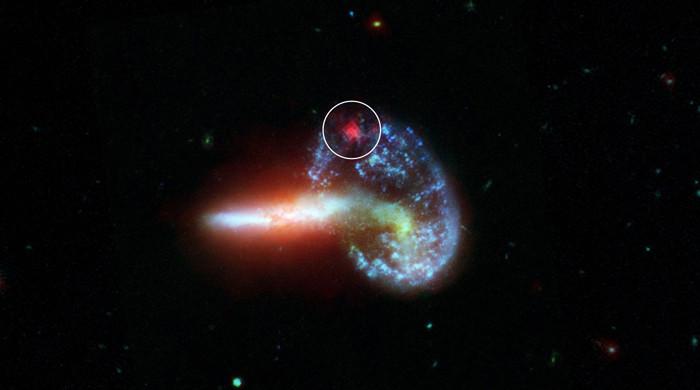A massive burst of gamma rays in October 2022 rocked space, prompting scientists to investigate the cause behind the explosion that was termed at that time as the brightest of all times (BOAT).
Astronomers revealed that the burst was because of a dying star that went supernova 2.4 billion light-years away. The occurrence was termed GRB 221009A with the burst measuring 18 teraelectronvolts.
As a star went supernova it caused a massive explosion that sent bursts of GRB, forming a black hole.
A supernova is an evolutionary stage when a star’s core runs out of fuel, the temperature falls in the centre and then the star collapses under its own gravity.
When the massive stars collapse, they form a black hole — a dense object whose gravitational pull is so powerful that not even light can escape.
The findings by astronomers published in Nature Astronomy revealed that it was not something extraordinary but a normal supernova.
Scientists said they were not expecting it to be something normal as the burst was massive.
“It’s not any brighter than previous supernovae,” explained astrophysicist Peter Blanchard.
“It looks fairly normal in the context of other supernovae associated with less energetic GRBs. You might expect that the same collapsing star producing a very energetic and bright GRB would also produce a very energetic and bright supernova,” he added.
He added: “But it turns out that’s not the case. We have this extremely luminous GRB, but a normal supernova.”
Such explosions are the most potent in space and the eruption of energy in 10 equals the energy the Sun emits in 10 billion years.
“The GRB was so bright that it obscured any potential supernova signature in the first weeks and months after the burst,” Blanchard said.

Dr. Thomas Hughes is a UK-based scientist and science communicator who makes complex topics accessible to readers. His articles explore breakthroughs in various scientific disciplines, from space exploration to cutting-edge research.








